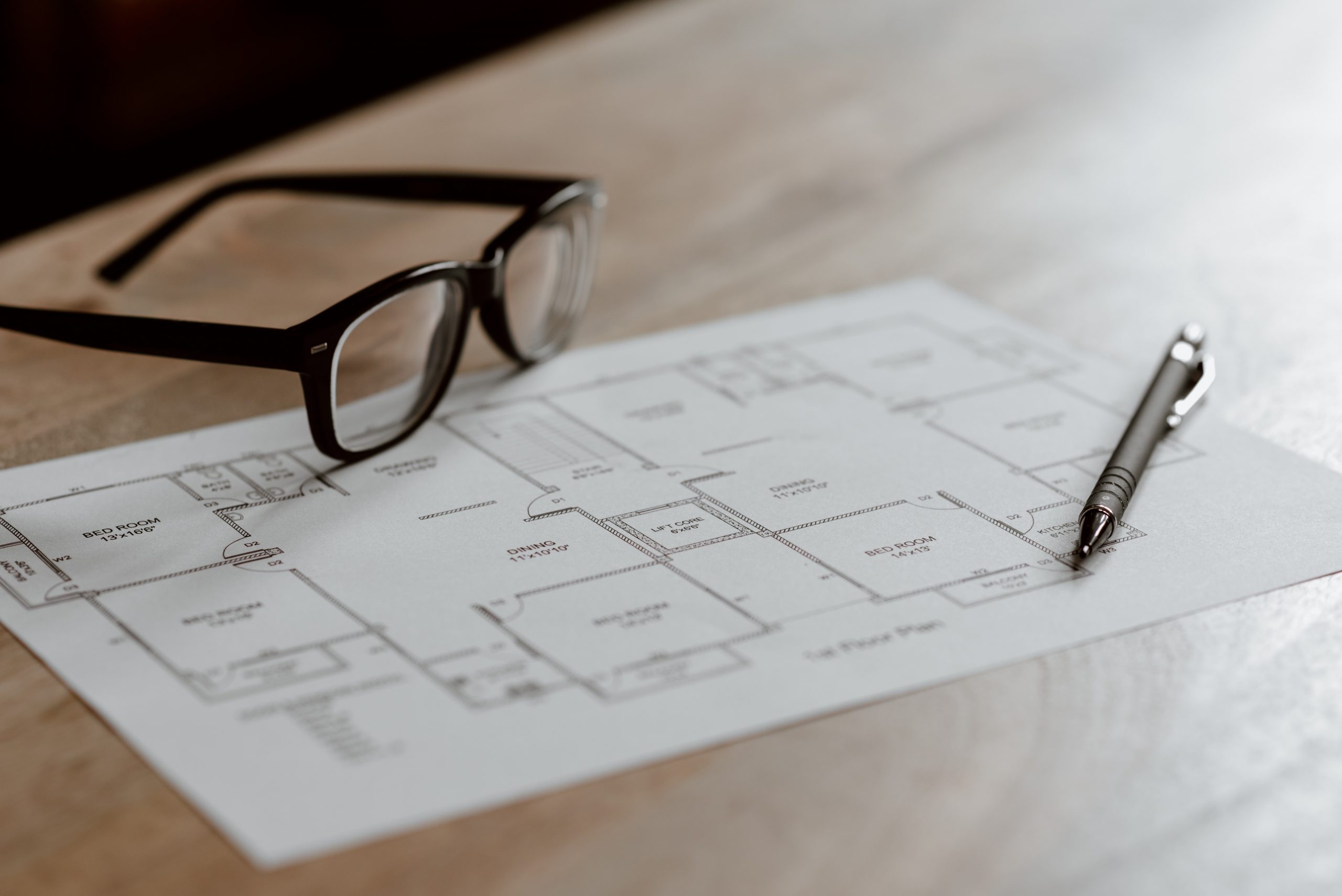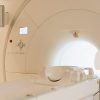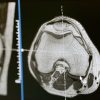$0.00
Installing a New MRI Machine: Navigating Room and Wall Requirements
The installation of a new Magnetic Resonance Imaging (MRI) machine is a complex and precise process that requires careful consideration of various factors. One of the critical aspects of this installation is ensuring that the room and wall requirements are met. In this article, we explore the key steps involved in the installation of a new MRI machine, with a particular focus on the room and wall specifications necessary for safe and efficient operation.
1. Room Selection:
Choosing the appropriate room for your MRI machine is the first crucial step in the installation process. The room must meet certain specifications to ensure the safety of patients and healthcare staff, as well as the proper functioning of the MRI equipment.
Room Size: The size of the MRI room is determined by the physical dimensions of the MRI machine being installed. These dimensions can vary based on the specific model, but generally, MRI machines require spacious rooms to accommodate both the equipment and the area for patient access.
Access Requirements: Adequate space around the MRI machine is essential to allow patients to enter and exit comfortably. This includes enough room for gurneys and medical personnel.
Safety Zones: MRI rooms must have designated safety zones to prevent uncontrolled access by individuals with ferromagnetic objects, which can be dangerous in the strong magnetic field.
2. Magnetic Field Considerations:
MRI machines generate powerful magnetic fields, which can extend beyond the confines of the MRI room. Proper shielding and wall construction are essential to contain these magnetic fields within the designated area.
Ferromagnetic Materials: The walls, floor, and ceiling of the MRI room should not contain ferromagnetic materials, as these materials can become projectiles in the strong magnetic field.
Magnetic Shielding: Appropriate magnetic shielding in the form of copper or aluminum materials is used to contain the magnetic field within the MRI room.
3. Wall and Ceiling Requirements:
MRI rooms need to be constructed with specific wall and ceiling materials to ensure safety and image quality.
MR-Safe Wall Construction: MRI rooms should be constructed with MR-safe materials, such as non-ferromagnetic drywall and non-metallic paints, to prevent interference with the magnetic field.
Radiofrequency (RF) Shielding: RF shielding, typically made of copper, is installed in the walls and ceiling to block external RF interference, ensuring high-quality images.
Soundproofing: MRI rooms are often equipped with soundproofing materials to reduce noise from the machine, providing a more comfortable experience for patients.
4. HVAC and Climate Control:
MRI machines generate heat during operation, so proper HVAC and climate control systems are necessary to maintain a consistent temperature and humidity level in the MRI room.
Temperature Control: MRI rooms need to be kept at a stable temperature to ensure the equipment operates effectively.
Humidity Control: Maintaining the right humidity level is essential to prevent condensation, which can affect image quality and equipment performance.
Air Exchange: Adequate ventilation and air exchange are necessary to ensure patient comfort and safety.
5. Access and Safety Features:
To ensure safety, MRI rooms should include features such as emergency lighting, intercom systems, and clear signage to guide patients and staff.
In conclusion, the installation of a new MRI machine is a meticulous process that requires careful consideration of room and wall requirements. These specifications are crucial to the safe and effective operation of the MRI equipment, as well as to ensure the comfort and well-being of patients. Healthcare facilities must work closely with experienced professionals to meet these requirements and successfully install a new MRI machine.
Recent Posts
Recent Comments
Join our newsletter
Get our emails for info on new items, sales and much more.
Register now to get latest updates on the newest parts!











